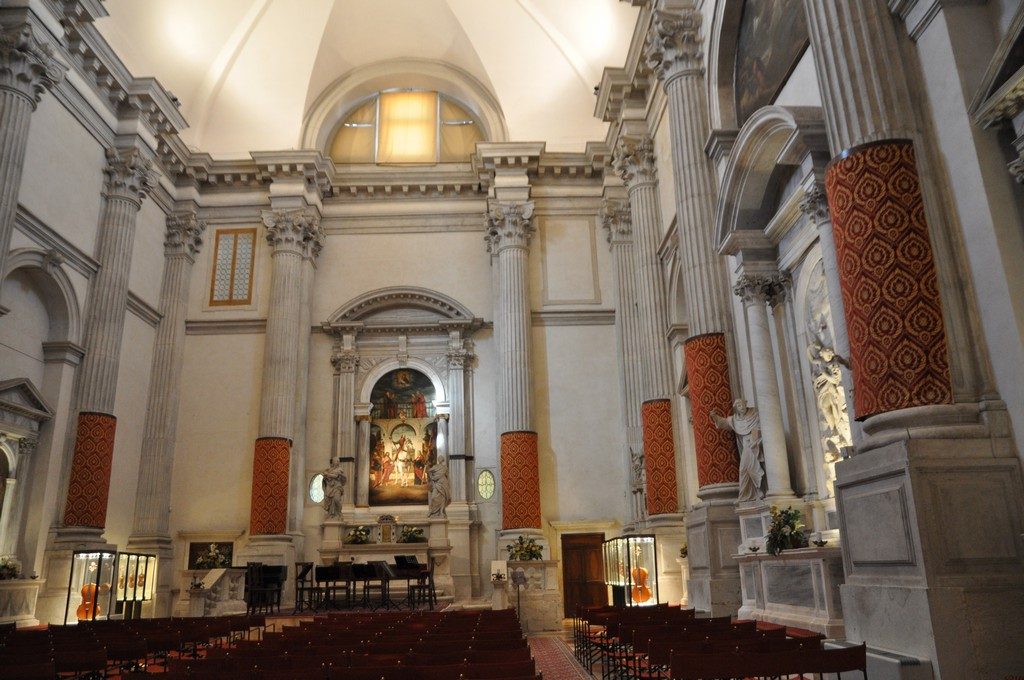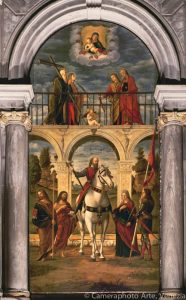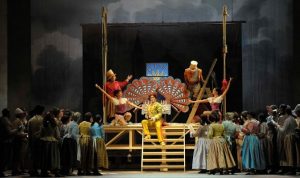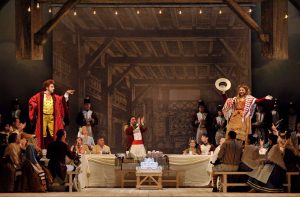On a visit to Venice last year, several performances gave new meaning (for me) to the common perception of Venice as an important musical destination. There seemed to be performances of classical music all over the place, in both secular venues and at the many churches that have been given over to musical events. It would be hard to come to Venice without having some list or selection of musical performances worth attending.

Of course Vivaldi is given much attention, both in choral concerts and in orchestral programs. He was, after all, born in Venice in 1678, and there are many who think of Vivaldi as the greatest of all the many Baroque composers. Whether that opinion is universal or not doesn’t matter, for the vivid presence of Vivaldi’s music in performances and in museum collections is clearly one of the attractions of Venice and certainly he and his music would be expected to be featured in such a musical city.
As it turned out, I was able to enjoy Vivaldi in Venice on a very special level. On my last night in Venice (so I suppose this story is sort of being told in reverse order), I was delightfully pleased and, well, even a little bit thrilled, to experience one of the almost nightly performances of Interpreti Veneziana. The ensemble, formed in 1987, was noted in one review for “the exuberance and all-Italian brio characterizing their performances.” The group lived up to that reputation when I heard them in concert at the Chiesa San Vidal, the splendid church (now decommissioned) whose foundations date from 1084. The space is richly decorated, as shown in the overview picture above. Some fifteen splendid paintings, including Vittore Carpaccio’s “Gloria di San Vidal” at the center of the high altar (pictured below), surround listeners at the concerts.
(Vittore Carpaccio)

Welcoming Dulcamara to the Village
(Photo: Fondazione Teatro La Fenice)
No solemnity or reflections outside my remit as a writer: I wanted to write with a smile, with a light touch. And I believe that Donizetti and Felice Romani want you to enjoy yourself this evening. They want each of us to be accompanied by a love – lost or longed for; seated alongside or betrayed. And you may well think about what you don’t have in life, but only for the duration of a “furtive tear” – not a moment longer.

Wedding Party
(Photo: Michele Crosea)
Leave a Reply